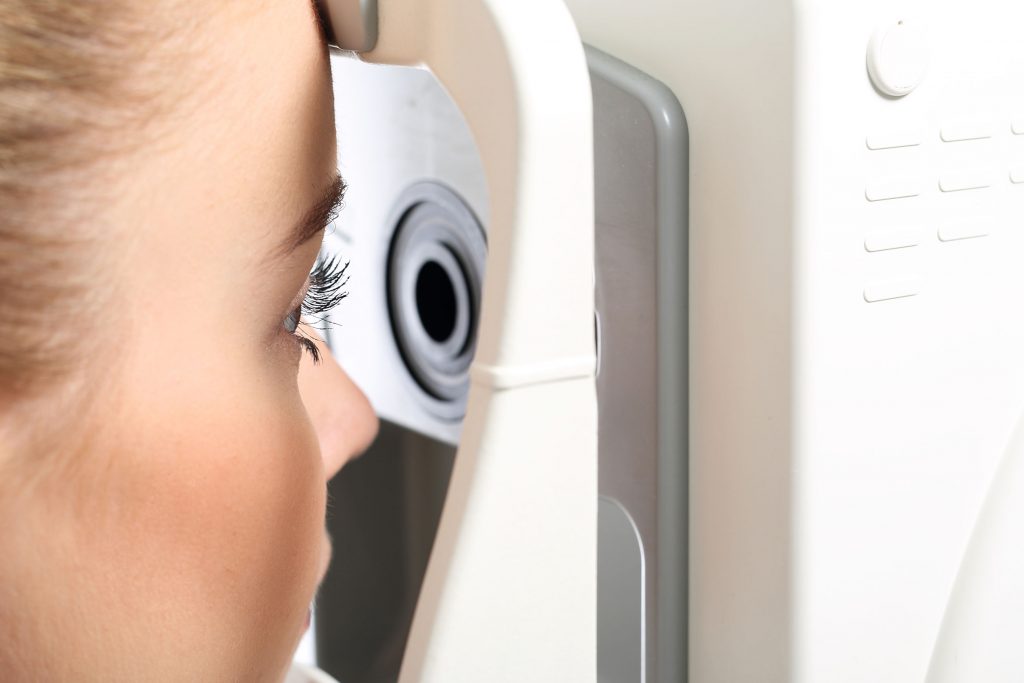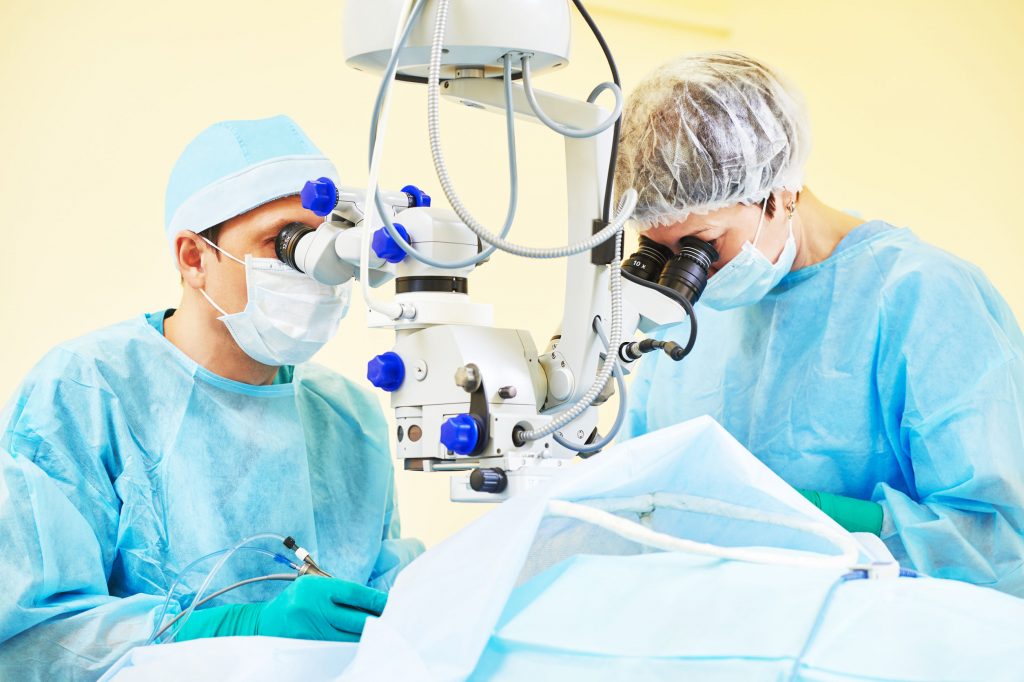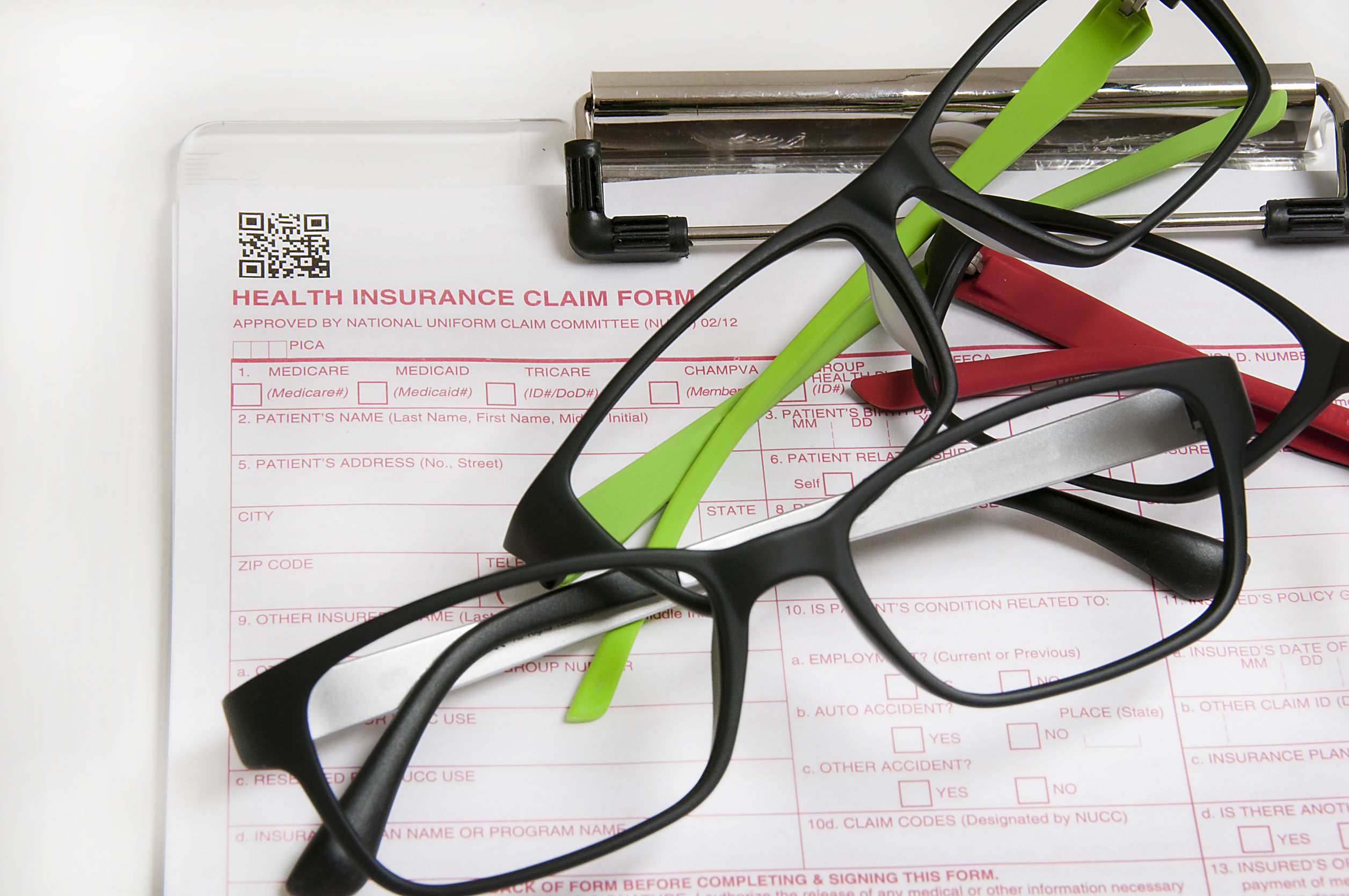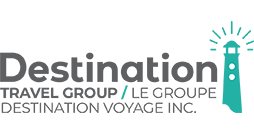Are Eye Exams Covered by Your Provincial Plan or Your Supplemental Plan?
Depending on where you live, eye exams might be covered by your provincial plan. In Ontario, eye exams are covered by OHIP for people under the age of 20, and over the age of 65, as well as many with low incomes. Anyone above that age would either have to pay for exams out of pocket or submit a claim to their health insurance plan.
This should not prevent you from getting your eyes tested. If you don’t already have a plan, there are plenty to choose from that will give you coverage for eye exams, and many other vision care services.
Eligibility: Calendar Year vs Consecutive Month Rotation
It’s not unusual for glasses to be eligible for replacement every 24 consecutive months. This means that you will have to be extra careful about when you buy your next pair. Vision benefits are always based on the date of the last paid claim. Some insurance companies will be helpful and allow a two week grace period, but check with your provider to know when exactly you are eligible.
Visual Field Testing – Is it Covered?
Visual field testing is usually reserved for those suffering from glaucoma, or who are suspected to have it. The optometrist will test your vision with an emphasis on your peripheral, or side vision. This test is usually not covered by insurance plans, so ask if you’re thinking of having it done.

Other tests beyond the scope of your regular optometry exam are usually not covered by health insurance, but you can request a quote from your optometrist and send it to your insurance provider to know for sure.
How About Contact Lenses?
Contact lenses are covered under your health benefits plan, provided they are for prescription use only. You likely would purchase these more often than glasses, but they are still subject to your maximum allowable amount. Note that lens solution, cases, and other accessories are not eligible for reimbursement.
Can I Be Reimbursed if I Haven’t Paid for My Glasses/Contacts Yet?
Because glasses and contact lenses are tangible items, they must be paid in full before you submit your claim. You wouldn’t walk into a grocery store, take a loaf of bread and say “I need this, I’ll pay for it later,” and then leave. The same goes with medical items.
You must pay for your glasses in full to be eligible for reimbursement, but it is different for services, such as eye exams. Your eye doctor can often bill your insurance company for services.
What About LASIK Surgery?

Candidacy for corrective eye surgery is outlined on LASIK’s website and might be eligible for reimbursement under your plan, so you should check with your provider to find out. If it is eligible, the amount will reflect your regular vision care coverage and no amount above that maximum will be further reimbursed.
What Should be On My Receipt?
Your insurance provider will require the original receipt that states the following:
- The patient’s name
- The date of service or date of purchase
- The contact information of the optometrist or vision care center
- A list of services or items purchased
- The total cost (if glasses or contacts, the date paid in full)
You will need to send this receipt along with a signed original medical claim form if you are submitting it by regular mail. If you opt to submit your claim online, retain your receipt in case your file gets audited.
You should never take your eyesight for granted. If you have benefits available to you, take advantage of them and get yourself some good quality glasses. Keep your eyes open for your health benefits!




